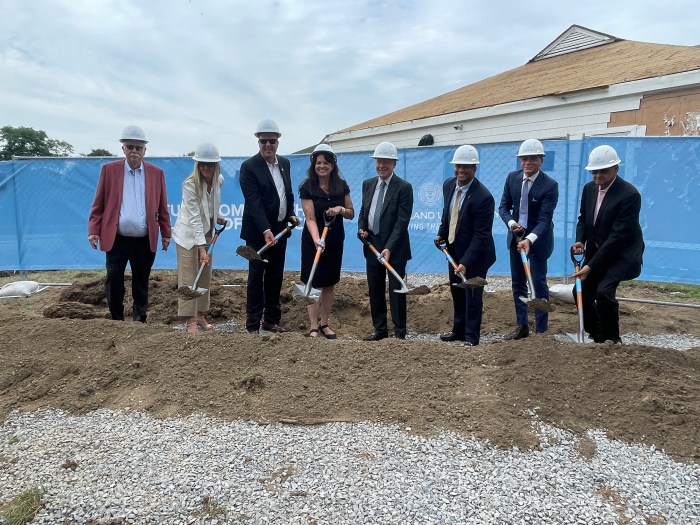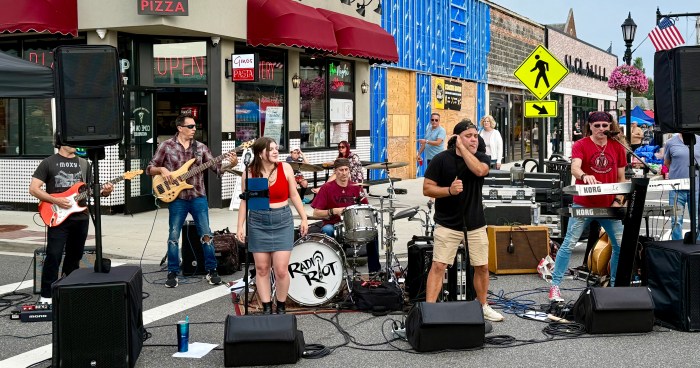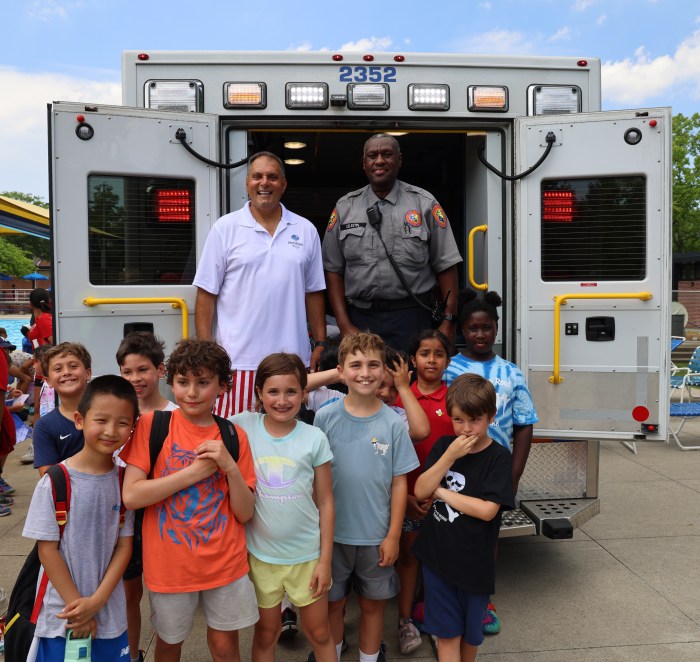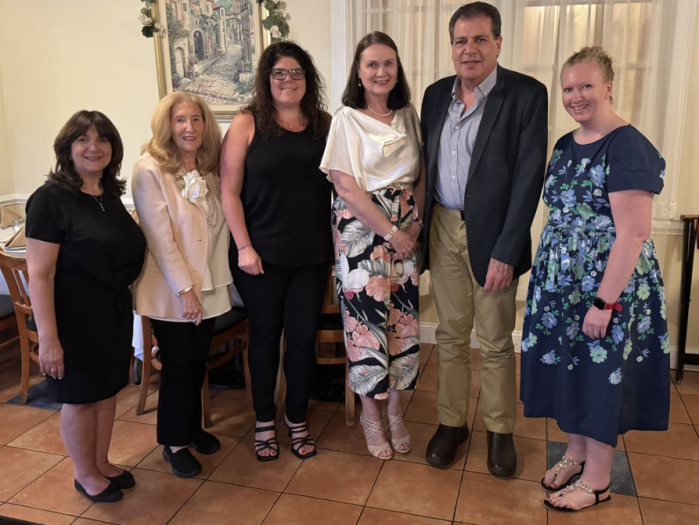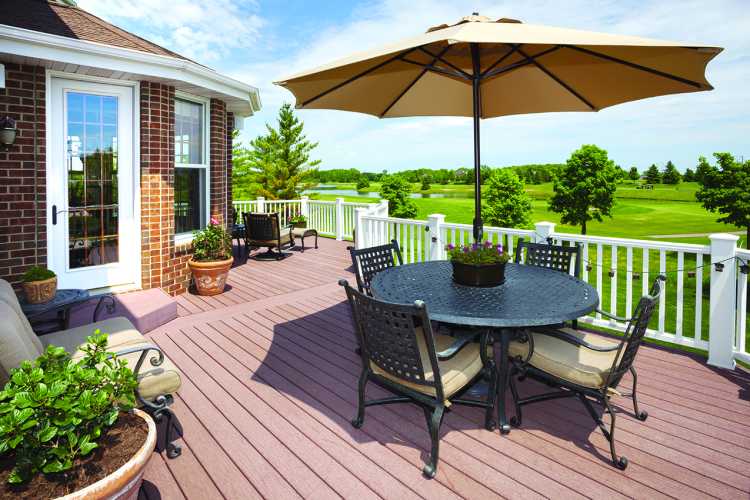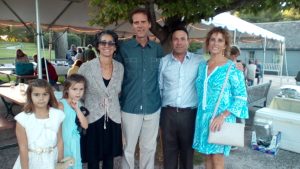
Kelly Fuhrmann has left his six-year stint as Superintendent of Sagamore Hill National Historic Site as he goes on to take charge of one of the first National Parks designated by President Theodore Roosevelt. He is now at El Mapais and El Morro National Monuments. El Morro National Monument is one of four national monuments set aside by TR in 1906, the year the 26th U.S. President signed the Antiquities Act into law which allowed him and U.S. Presidents after him to set aside certain public lands having unique natural and cultural resources by presidential proclamation. The other monuments TR set aside that year included Devils Tower in Wyoming, Montezuma Castle in Arizona, and Petrified Forest in Arizona.
El Malpais National Monument, was set aside in the 1980s by President Ronald Reagan. The Four Corners area of Arizona, New Mexico, Utah and Colorado is nearby which is an amazing place with National Park Units that are focused on some very special cultural resources.
Jokingly, Fuhrmann said in a farewell to Friends of Sagamore Hill volunteers, “We are moving to a set of parks that are slightly bigger than Sagamore Hill: the two monuments have a combined acreage of about 115,000 acres.” Sagamore Hill NHS is 83 acres.
Fuhrmnn replaced Superintendent Tom Ross now at Thomas Edison and Morristown National Historic sites. Ross began the work Fuhrman continued, as he too leaves the next phase to his TBA replacement to guide the planning and implementation of future projects.
“My family is looking forward to the move. We are sad to leave but excited to begin a new adventure. It is my sixth move in the NPS. Each one is a challenge of learning about the parks and a new adventure. My two young girls came to Sagamore Hill at ages three; and one and a half. This is the first place they knew as home. The move is going to be hard for them, at first. It will be a lot of fun with a lot of challenges. I’ve grown a lot here, both professionally and personally,” said Furhmann.
“Part of the reason I came to Sagamore Hill was to learn about TR and his legacy and I’ve gotten an education in that legacy and much more. My career before Sagamore Hill was focused on natural sciences and at Sagamore Hill I have gained a great appreciation for history.
“This place is a little piece of paradise. You can’t beat living here in a national park. You can’t beat the commute, walking to work. This experience has been very special for myself and my family.”
He said in his NPS career, the scenery has been great, but it’s the people and the community that make a lasting impression. Earlier, he worked at Carlsbad Caverns National Park in southeast New Mexico. “So, I’ll be back in familiar territory”, he said.
At Sagamore Hill, he added, “We keep it in good working order with a small permanent staff, but you, the FOSH volunteers, help us make the visitor experience memorable.”
Curator Susan Sarna thanked him for his accomplishments, including the rehabilitation of the historic Theodore Roosevelt House, and presented Fuhrmann with a plaque signed by the staff and volunteers. Paul Cecere, the site’s Chief of Maintenance, added, “I came from Fire Island, and people didn’t know it was a national park. Here people visit to see the history.”
Brother Lawrence Syriac, FOSH chairman of Fuhrmann, “His door was always open and he always listened to people.”
Projects being planned to restore SHNHS to when TR was in residence include the demolition of the Visitor Center, damaged in the 2018 Christmas Eve fire. Its absence will allow a view of the mansion, when entering the estate/park. The New Barn, built in 1905, will shortly become the Visitor Center. Next year the park staff will begin recreating the historic garden.
The first structure TR built after he bought the property was the Stable and Lodge. It burned in 1947 and was removed from the landscape. The foundation, still exists and archeologists will use it as an interpretive exhibit for visitors. Another historic component, the rifle pit, a target practice site, will be rehabilitated and interpreted for the public. It was used by the Roosevelt family when they lived at Sagamore Hill.
Fuhrman concluded, “It’s time for someone with fresh ideas to lead the park through its next phase of resources stewardship planning and visitor services-oriented mission”.




